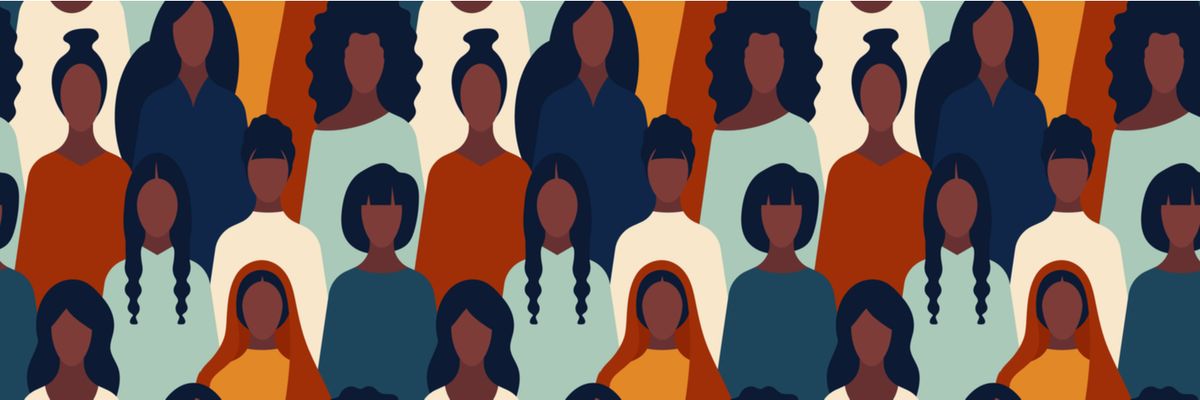Representing a robust client roster of over 45 YouTubers, digital content creators and influencers (many of them BIPOC), Anita K. Sharma is renowned for being one of the first entertainment lawyers to help content creators navigate this developing industry, protect their content, and broker lucrative, unprecedented deals. As a BIPOC attorney herself, Anita has laid the groundwork to negotiate equitable pay scales and contracts on behalf of her clients.
Anita kindly agreed to share some of her knowledge and insights with Talking Influence, enabling our audience to understand the influencer pay gap issue, and in turn, work towards closing the gap.
In which areas of influencer marketing do you notice that there is a significant pay gap between BIPOC and their white counterparts?
I think there’s a pay gap with respect to rates per post (deliverables). When negotiating higher rates for BIPOC creators, I find I have to fight harder to get the job done. Just as we see in Hollywood, BIPOC creators are not at par with their white counterparts.
There’s a very unfortunate and outdated belief in the media and the advertising world that a BIPOC face won’t sell a product as well – a BIPOC person’s association with a product is not considered as positive as a white person’s. For example, there has long been a belief that BIPOC faces on magazine covers result in lower sales. Unfortunately, these beliefs have been around for decades and need to change.
As well as a pay gap between BIPOC and white influencer/creators – do you notice whether there is a pay gap issue agency side within the influencer marketing space?
Yes – there is definitely a pay gap agency side. I think paying BIPOC creators lower rates has been happening for decades and is now ingrained in practice, and I think the reason for the pay gap is the mistaken belief that there is less value for a brand when they associate with a BIPOC creator. As a result, they pay less.
This sounds harsh but it’s undeniable when you compare the rates a white creator gets for the same campaign vs a BIPOC creator. Lighter skin and white features are rewarded in advertising and I think many marketers really believe that a white face will be more effective in convincing the consumer to buy the product. It is an “ideal” for the consumer to strive for.
As we know, influencers are now recognised by SAG-AFTRA. Please can you provide some information on how BIPOC brands and creators may be affected by this?
Sadly I don’t think it helps at all only because the creator still has to negotiate the contract and rates on their own. There are no SAG mandated minimums, etc. under the new Agreement. SAG is not fighting for any sort of equality here – unfortunately, that’s not the mandate of the SAG AFTRA Influencer Agreement.
I would advise BIPOC creators to fight for better rates and set minimums they are willing to accept (just don’t tell the brands the minimums right off the bat!). They should walk away if they can’t get those minimum rates. Also, they should talk to their counterparts and find out what type of rates they are getting. Market knowledge is very important!
How can BIPOC content creators protect their content in the ever-changing digital media landscape?
Intellectual property is valuable, as is a creator’s brand that they have worked hard to build. I would advise trademarking their social media handles for example. Additionally, read the contracts they are signing and make sure they own the content they are posting. They should then license the content to the brand with limitations on how the content can be used by the brand. The ownership factor is important since that content lives on their social media channels so they should own it.
Also, if a creator is working with others on their content, i.e. graphic designer, etc. they should have contracts in place that give them ownership over all the work product so there aren’t any issues in the future with respect to ownership of the content.
What are your predictions for the future in regards to the influencer pay gap? What is the best way for non-BIPOC brands/creators to aid their BIPOC counterparts in receiving equal pay?
I think it’s important to talk about this pay gap and bring it to the forefront in the media. Non-BIPOC brands and creators can use their voices and platforms to raise awareness of this issue. The first step is to bring it out of the shadows and shine a light on it. To be honest, among non-BIPOC brands and creators, I don’t even think a lot of people are even aware of the issues and I think if they were, they would genuinely be disturbed by it.
I do believe many non-BIPOC creators and brands would work to change this. For example, I have seen some non BIPOC creators express support by aligning themselves only with brands that fight for social justice, declining to be part of campaigns that don’t represent BIPOC, or being transparent with their rates so their BIPOC colleagues can benefit.
Is there anything else that you think our audience should know? In regards to the influencer pay gap, or your own work.
I think talking about this issue and shining a light on it is an important first step in addressing the problem. My firm takes pride in having a very diverse roster and we advocate fiercely for ALL clients equally. As a BIPOC person myself, I take this very seriously and it’s an honor to rep BIPOC creators and ensure they get treated fairly. It’s personal for me.
One advantage my firm has is extensive market knowledge. We negotiate hundreds of brand deals a month. As a result, we know what all types of different creators are getting paid. That knowledge helps me negotiate better rates for BIPOC creators because I simply tell the brand or agency that Client A got this much so Client B should get a comparable rate (of course many other factors play into the rate such as the type of creator, audience engagement levels, etc.) but a general knowledge of rates is helpful. Information is power!
I’m also not afraid to point out the fact that I am repping a BIPOC creator and that equality in rates is important. I just put it right out there and this helps bring the issue to light, as many brands and agencies don’t even realise the inequity is there since it’s been ingrained for so many years.
Anita’s knowledge, experience, and passion in regards to advocating for equal treatment of BIPOC members within the influencer marketing industry emphasises that brands and agencies alike must hold themselves accountable. As the influencer marketing sphere continues to expand and becomes more widely recognised as a valuable industry, we hope that we will see the pay gap close. It’s time to make discussions like this more regular – sometimes the conversations that are the most uncomfortable, are the most important ones to have.









